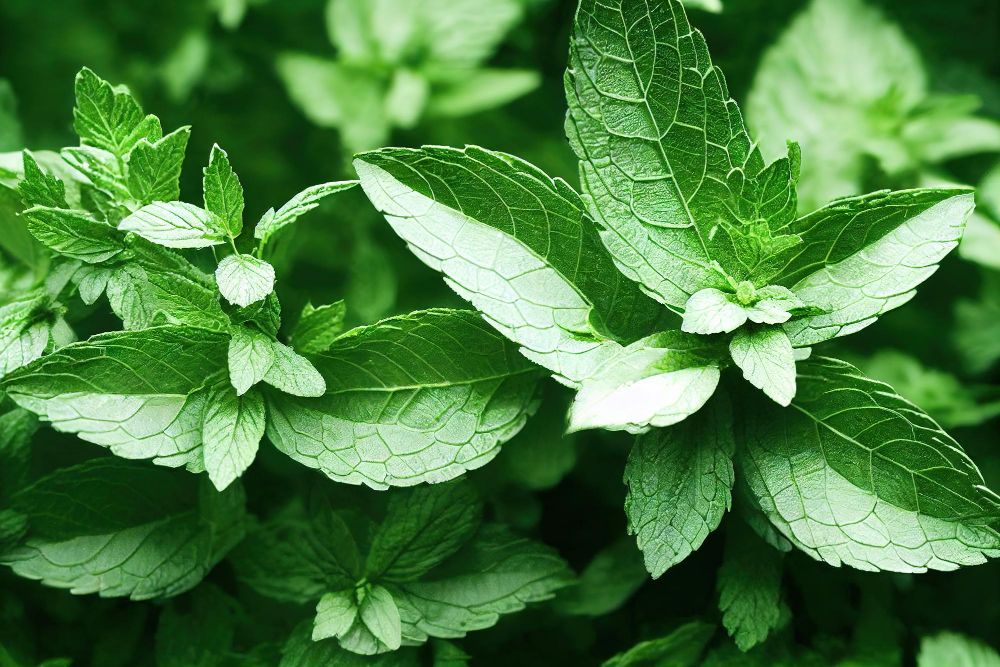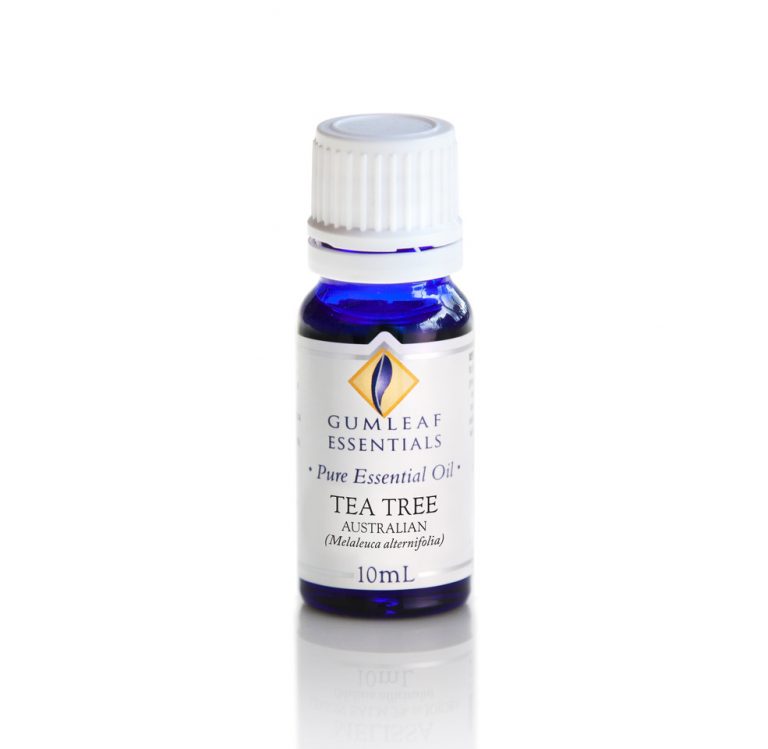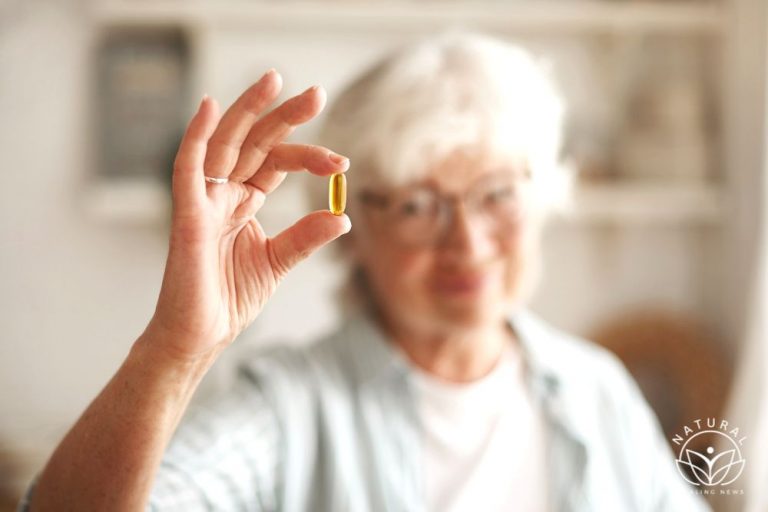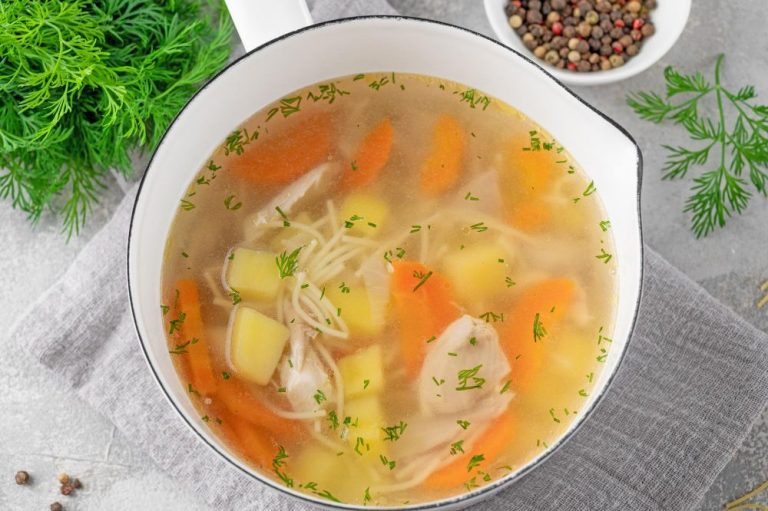Nature’s Pharmacy: Common Plants with Powerful Healing Properties

In our mother’s backyards and grandmother’s gardens, we can find many of the plants that our ancestors used for medicinal purposes.
These plants have powerful healing properties and can be used to treat a wide variety of ailments.
The most common plants with medicinal properties are: Aloe Vera, which is good for burns, bruises and skin conditions; basil, which can be used to treat stomach aches, colds, and headaches; chamomile, which is an excellent relaxant and can be used to treat anxiety and insomnia; and lavender, which can be used to treat anxiety, depression, and headaches.
We can find these plants growing in our own yards and gardens, or we can purchase them at our local grocery store or farmer’s market.
Common Plants with Healing Properties
By using these common plants, we can avoid the side effects that come with taking over-the-counter or prescription medications.
- Echinacea: Aids in the relief of colds, upper respiratory infections, and other inflammatory conditions
- Garlic: Helps to lower cholesterol, prevent blood clots, and fight infection
- Ginger: Aids in digestion, eases nausea, and has anti-inflammatory properties
- Peppermint: Soothes upset stomachs, headaches, and can be used as a aromatherapy
- Turmeric: A powerful antioxidant that can help to ease arthritis pain and inflammation
1) Echinacea:
Aids in the relief of colds, upper respiratory infections, and other inflammatory conditions.
The plant known as echinacea has been used medicinally for centuries, primarily by Native Americans. Also called purple coneflower, this perennial herb is native to North America and grows in abundance in the Great Plains.
The above ground parts of the plant are used to make teas, extracts, and capsules that are taken orally to treat a variety of conditions.
Echinacea is most commonly used to bolster the immune system and treat colds, upper respiratory infections, and other inflammatory conditions.
The plant’s active ingredients, alkamides and phenolic acids, are thought to interact with the body’s immune system to increase its activity. This, in turn, helps the body fight off infection and accelerates healing.
Clinical studies have shown that echinacea can shorten the duration of colds by one to four days and may also help reduce the severity of symptoms. In addition to itsimmune-boosting properties, echinacea is also a potent anti-inflammatory agent.
Studies have shown that the plant’s alkamides can inhibit the release of histamine, the chemical that leads to inflammation. This makes echinacea an effective treatment for allergies, hives, and other inflammatory conditions.
While echinacea is generally well tolerated, some people may experience side effects such as gastrointestinal upset, dizziness, or rashes.
Consult with a healthcare provider before taking echinacea, especially if you have a known allergy to the plant or are taking other medications.
2) Garlic:
Helps to lower cholesterol, prevent blood clots, and fight infection.
Garlic is a common herb that has powerful healing properties. Numerous studies have shown that garlic can help to lower cholesterol, prevent blood clots, and fight infection.
Garlic has been used for medicinal purposes for centuries. It is a member of the onion family and has a pungent, strong smell. The active ingredient in garlic is Allicin, which is responsible for most of its health benefits.
Allicin is formed when garlic is chopped, crushed, or chewed. When allicin comes into contact with blood, it helps to lower cholesterol and prevent blood clots. Allicin is also a natural antibiotic, helping to fight infection.
There are many ways to incorporate garlic into your diet. Garlic can be added to savory dishes, used as a seasoning, or taken as a supplement.
If you are taking garlic supplements, be sure to purchase them from a reputable source. Garlic is a safe and effective way to improve your health. Adding garlic to your diet is an easy way to boost your intake of vitamins and minerals.
3) Ginger:
Aids in digestion, eases nausea, and has anti-inflammatory properties.
Ginger is a common plant with powerful healing properties. It is most commonly known for aiding in digestion and easing nausea, but it also has anti-inflammatory properties. Ginger has been used for centuries as a natural remedy for various ailments.
The most common use for ginger is to aid in digestion and ease nausea. It helps to break down food in the stomach and can also help to relieve gas and bloating.
Ginger is also a natural anti-inflammatory agent. This means that it can help to reduce swelling and pain in the body.
There are many ways to consume ginger. The most common way is to add it to food or drinks. Ginger can also be taken in capsule form, or as a tea.
Ginger is a safe and effective way to treat various digestive issues., plus it is also an anti-inflammatory agent, which can help to reduce pain and swelling in the body.
It is important to speak with a healthcare professional before consuming ginger, as it can interact with certain medications.
4) Peppermint:
Soothes upset stomachs, headaches, and can be used as a aromatherapy.
Peppermint (Mentha piperita) is a perennial herb in the mint family. It is native to Europe and has been naturalized to many other regions.
The plant typically grows to 30–90 cm (12–35 in) tall and produces small, white flowers. The leaves are 10–20 cm (4–8) long and 5–9 cm (2–3.5 in) wide. They are dark green with serrated edges and have a strong, minty aroma.
Peppermint has a long history of use as a medicinal plant. It is known to soothe upset stomachs and headaches, and can be used as an aromatherapy. The menthol in peppermint can also help to clear congestion and inhibit the growth of bacteria.
If you are feeling nauseous, have a headache, or are suffering from congestion, try using peppermint. Peppermint oil can be added to a diffuser or carrier oil and inhaled, or the leaves can be steeped in hot water to make a tea. You can also rub the essential oil on your temples or forehead to help relieve a headache.
5) Turmeric:
A powerful antioxidant that can help to ease arthritis pain and inflammation.
Turmeric is a common plant that has powerful healing properties. It is often used in Asia as a spice and a medicinal herb. Turmeric contains a compound called curcumin, which is a powerful antioxidant.
Curcumin has been shown to help reduce inflammation and pain in people with arthritis. One study showed that people with arthritis who took curcumin had less pain and stiffness than those who did not take it.
Curcumin can also help to prevent joint damage. Turmeric is safe for most people, but it can cause stomach upset in some people. If you take turmeric, be sure to start with a small dose and increase it gradually.
Nature’s pharmacy is a vast and untapped resource for healing. There are many common plants with powerful healing properties that can be used to treat a wide variety of ailments.
With a little research, anyone can find a plant that can help them heal from the inside out.



